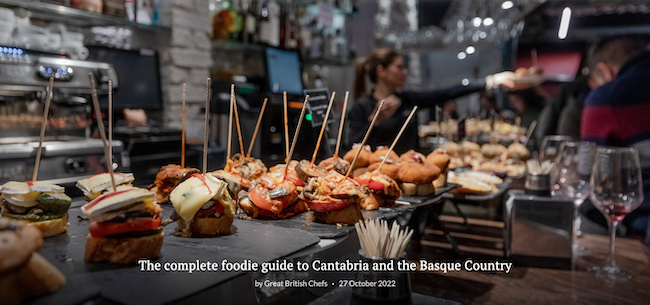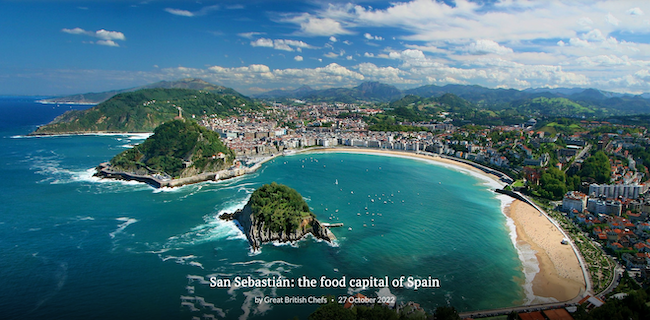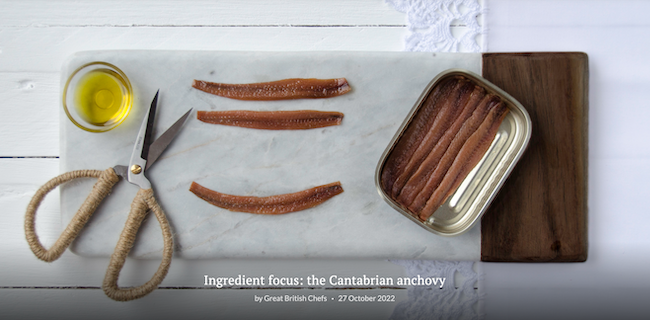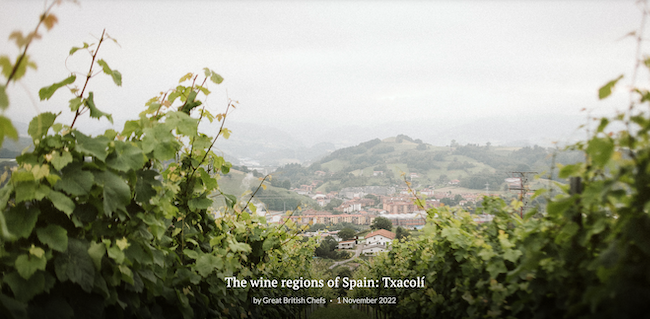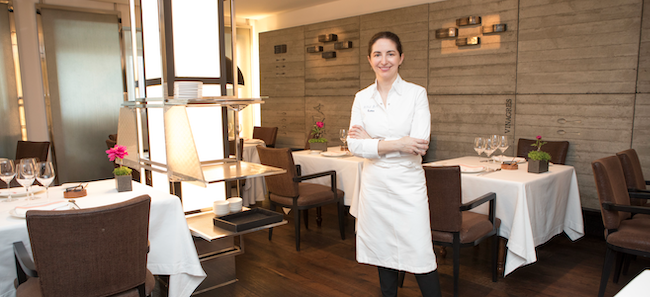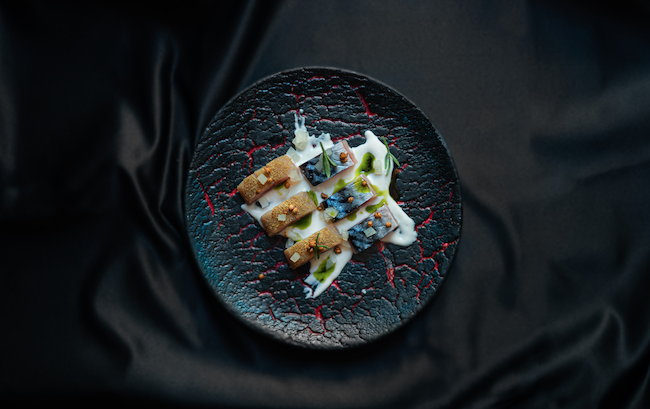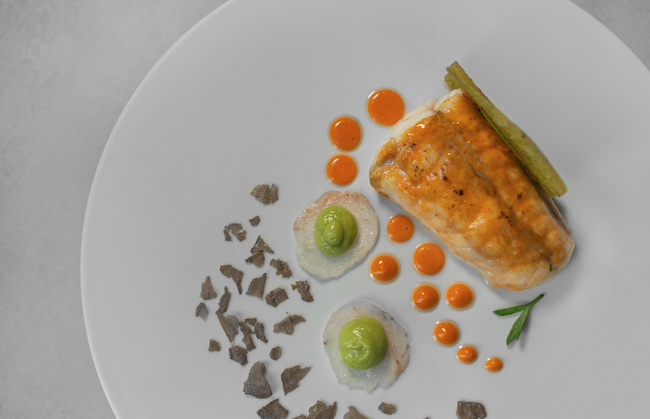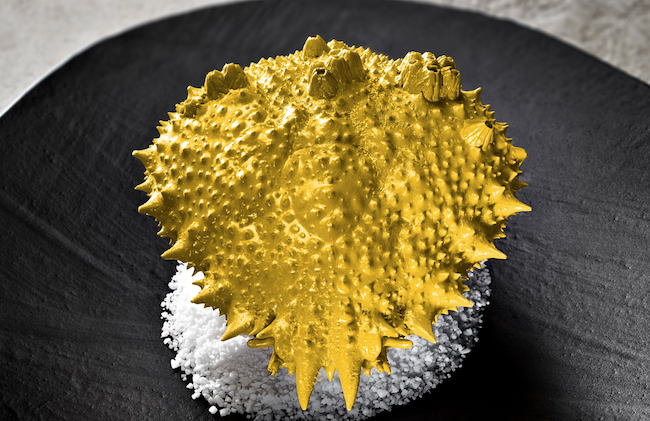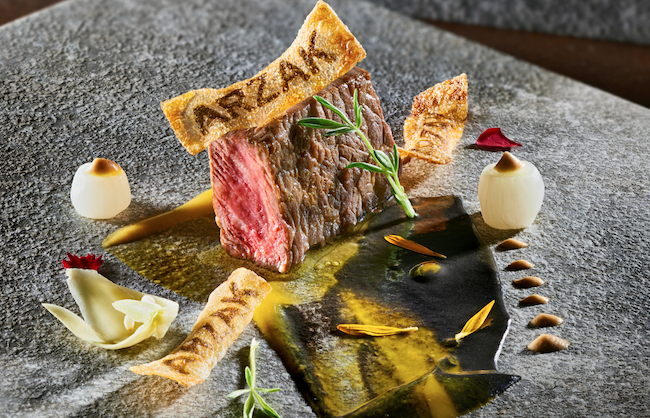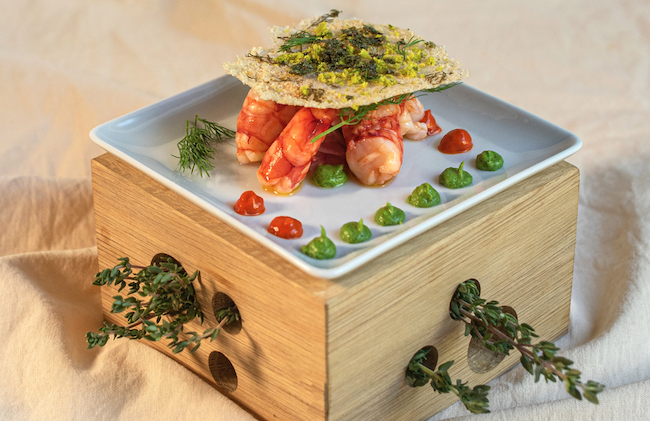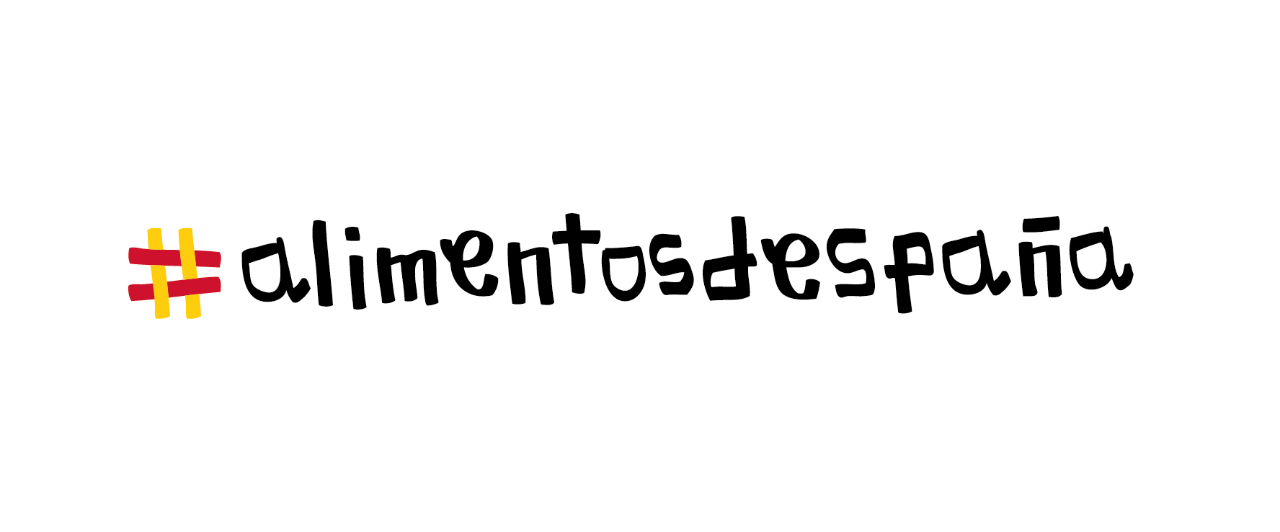San Sebastián - We visit stunning San Sebastián, one of the world’s most exciting gastronomic destinations.
(...) For anyone visiting San Sebastián, the first thing you need to do is eat pinchos (pintxos in Basque). Small pieces of bread are loaded with all kinds of food - cold slices of Serrano ham, quail’s egg and piquillo pepper, anchovies with tiny, chopped vegetables. Traditionally, these are fixed with a large cocktail-like stick (called a pintxo in Basque) and served with small glasses of beer or wine, or a couple of fingers of cider (...)

.png.transform/rendition-xs/image_image%20(1).png)
